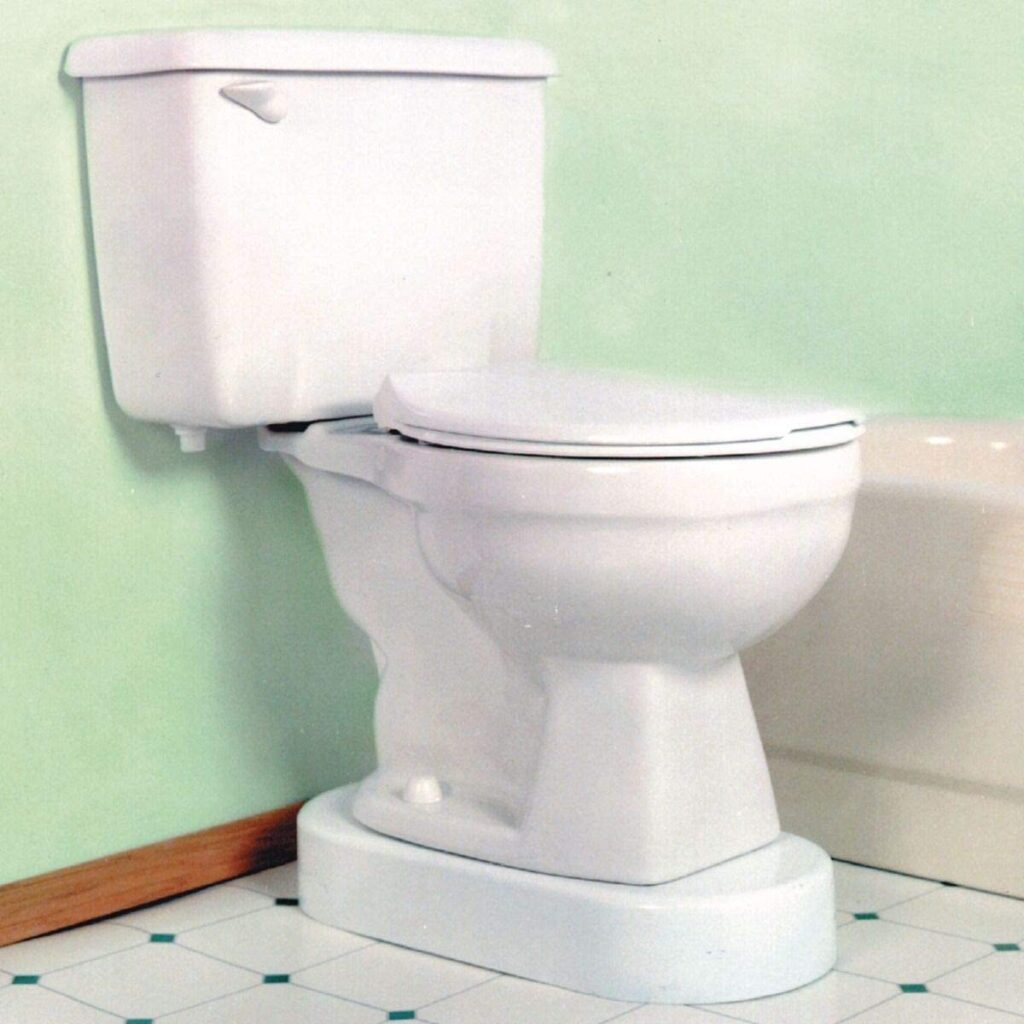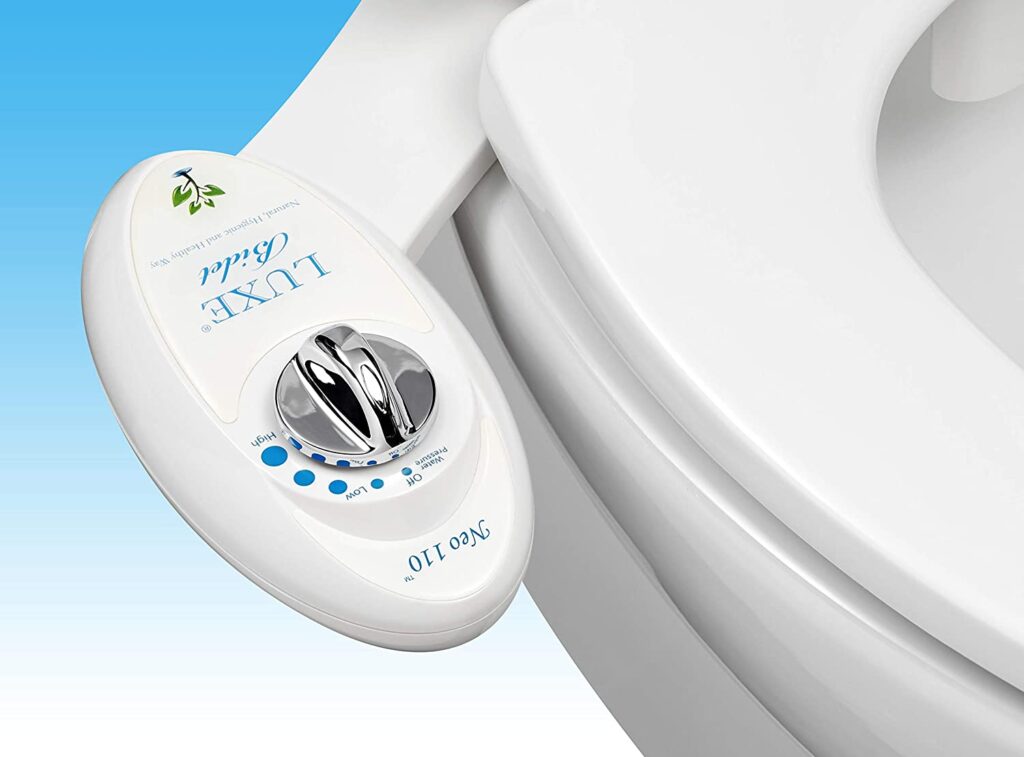 Grout may not be the most glamorous part of your bathroom, but it plays a critical role in protecting your shower from water damage, mold, and structural issues. If your grout is cracking, stained, or falling apart, it’s time to pay attention. So how often should you regrout a shower?
Grout may not be the most glamorous part of your bathroom, but it plays a critical role in protecting your shower from water damage, mold, and structural issues. If your grout is cracking, stained, or falling apart, it’s time to pay attention. So how often should you regrout a shower?
In this guide, we’ll explore how long grout typically lasts, signs it’s time to replace it, and how to keep your shower looking clean and functioning at its best.
Table of Contents
Why Shower Grout Matters More Than You Think
What Is Grout and Why Does It Deteriorate?
Grout is the material that fills the spaces between your shower tiles. Its primary function is to hold tiles in place and seal out moisture. Over time, grout becomes porous and vulnerable to:
- Constant moisture exposure
- Mold and mildew growth
- Abrasive cleaning products
- Regular wear and tear from daily use
This natural breakdown leads to shower grout deterioration, which opens the door to leaks, loose tiles, and water damage behind the wall.
Signs Your Shower Needs Regrouting
Here are a few telltale signs that it’s time to regrout your shower:
- Cracked or crumbling grout lines
- Persistent discoloration that doesn’t clean, even with scrubbing
- Loose or hollow-sounding tiles
- Black mold growing in or behind grout
- Water leaking into walls or adjacent rooms
How Often Should You Regrout a Shower?
General Guideline
As a rule of thumb, a well-installed shower should be regrouted every 8 to 15 years. However, this can vary based on how often the shower is used and how well it’s maintained.
Factors That Affect Regrouting Frequency
- Daily Use: The more often a shower is used, the faster grout breaks down.
- Type of Grout: Epoxy grout lasts longer than cement-based options.
- Quality of Installation: A poorly installed grout job may need redoing in as little as 3–5 years.
- Sealing: Grout that is regularly sealed can last several years longer.
- Climate and Humidity: High-humidity areas may require more frequent maintenance.
If you’re wondering how long does grout last in a shower, the answer largely depends on these conditions.
Alternatives to Full Regrouting
When Touch-Ups Are Enough
If only small areas are affected, you may be able to use a grout repair kit or grout pen to refresh isolated spots. This is more of a cosmetic fix and won’t help if water is already seeping behind your tiles.
When Full Regrouting Is Necessary
- Widespread mold growth under grout
- Soft, sandy, or missing grout
- Water damage behind tile walls
- Entire shower looks discolored or aged
If your grout feels brittle or comes off with a toothbrush, regrouting the entire shower is your best bet.
How to Regrout a Shower (Quick Overview)
Basic Step-by-Step Process
- Remove old grout using a grout saw or oscillating multi-tool
- Clean the tile joints to remove dust and debris
- Apply new grout evenly using a rubber float
- Wipe off excess grout with a damp sponge
- Allow to dry according to product instructions
- Seal the grout after curing (usually 24–72 hours later)
Tools and Supplies You’ll Need
Here’s a list of essentials, many available on Amazon:
- Grout saw or rotary tool
- Pre-mixed or powdered grout
- Grout float and grout sponge
- Grout sealer (like Aqua Mix or Miracle Sealants)
- Caulk for expansion joints or corners
These tools make shower grout replacement more manageable, especially for DIYers.
Tips to Extend the Life of Shower Grout
1. Clean Gently but Regularly
Use pH-neutral tile cleaners to remove soap scum and mildew without damaging grout. Avoid bleach, vinegar, or abrasive scrubbing pads.
2. Seal Your Grout
Apply a penetrating grout sealer every 6 to 12 months to block moisture and mold. It’s a quick, affordable task that can double your grout’s lifespan.
3. Dry the Shower After Use
Use a squeegee or microfiber towel to remove water after each shower. Less water = longer-lasting grout.
Frequently Asked Questions
Q1: How do I know if my shower needs regrouting?
If your grout is cracking, crumbling, discolored, or has visible mold that doesn’t go away with cleaning, it’s likely time to regrout. You may also notice loose or shifting tiles.
Q2: How long does grout typically last in a shower?
With proper maintenance and sealing, grout can last between 8 to 15 years. Factors like shower frequency, humidity, and grout type can shorten or extend that lifespan.
Q3: Can I just touch up grout instead of regrouting the whole shower?
Yes, small cracks or localized damage can be spot-treated with grout pens or repair kits. However, widespread deterioration or water damage requires full regrouting.
Q4: Should I seal my grout, and how often?
Absolutely. Sealing grout every 6 to 12 months helps prevent mold and moisture damage. Use a penetrating grout sealer for best results in showers.
Q5: Is regrouting a shower a DIY project or should I hire a pro?
You can regrout a shower yourself if you’re comfortable using tools like a grout saw and float. For large areas or tile repair, it’s wise to hire a professional.
Final Thoughts: Maintain Your Grout, Protect Your Shower
Regrouting your shower might not be the most exciting task, but it’s essential for maintaining the integrity and appearance of your bathroom. Waiting too long can lead to water damage, loose tiles, and expensive repairs.
If you notice cracks, mold, or grout that just won’t clean, it’s probably time to regrout. Whether you go DIY or hire a pro, staying ahead of grout maintenance protects your investment and keeps your shower looking fresh.
For more bathroom upkeep tips and recommended tools, visit homesthrone.com—your home’s best friend.






